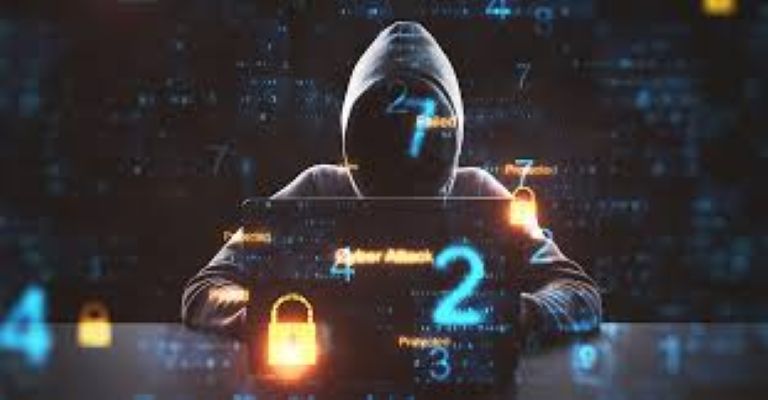Cyber attacks is a new form of protest during rise in bilateral tensions

Andy Garth
When bilateral tensions rise, people have traditionally taken to the streets, protested outside embassies, or written to their political officials. But in today’s increasingly digital world, anyone with the right IT skills can disrupt the digital systems of their chosen target. This is the era of political and thematic hacktivism, when actors focus on causes like religion, the environment, or other issues. In fact, when two countries fall out, the first ramifications can often be seen in a matter of a few hours in the digital realm. This can be independent individuals or groups, groups encouraged by nation-states, or the nation-state itself hiding behind a cloak of plausible deniability.
The most common method of disruption is a Distributed Denial of Service (DDoS) attack, in which hackers seek to overwhelm websites in the target country. As defenders have different ways to mitigate these attacks, DDoS campaigns are more of an irritant than something that causes lasting damage.
India is no stranger to these attacks. India has reported DDoS attacks targeting its critical infrastructure, allegedly originating from Pakistan, that reflect a broader pattern seen in other geopolitical disputes.
In October 2024, websites of the Canadian government and the Canadian Armed Forces were briefly taken offline in a DDoS campaign attributed to India-based hacktivists, amid a sharp deterioration in relations following the killing of a Sikh separatist leader. In 2023, both Denmark and Sweden were hit by DDoS attacks reportedly from Turkish and Russian-aligned hacktivist groups following diplomatic tensions over Quran burnings and Sweden’s NATO application.
Bilateral disputes can spring up with little warning. Targets are not limited to critical national infrastructure. Other public bodies, whether national or local, NGOs, and businesses, can suddenly find themselves in the cross-hairs of these hacktivists. The risk of a DDoS attack is now something that the public and private sectors have to prepare for. However, DDoS is only part of a wider pool of cyber threats that can emerge during periods of heightened geopolitical tension, such as cyberespionage/sabotage or other malicious activity. ESET’s technology helps mitigate such threats.
Andy Garth is Director of Government Affairs at ESET

